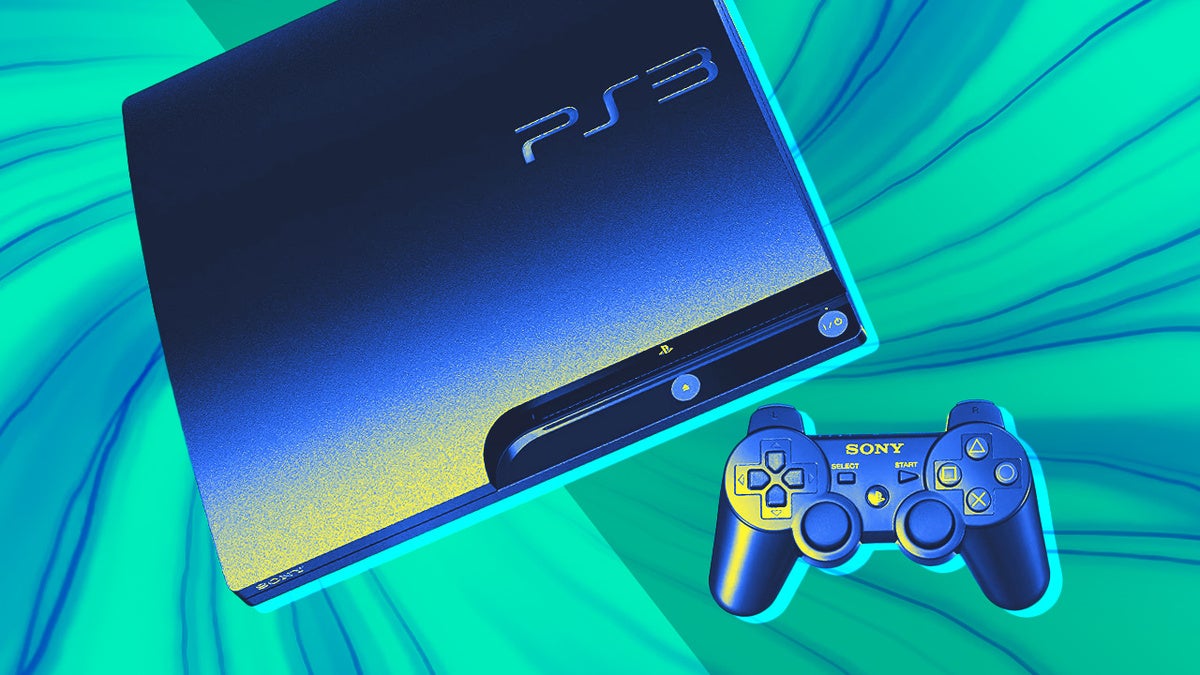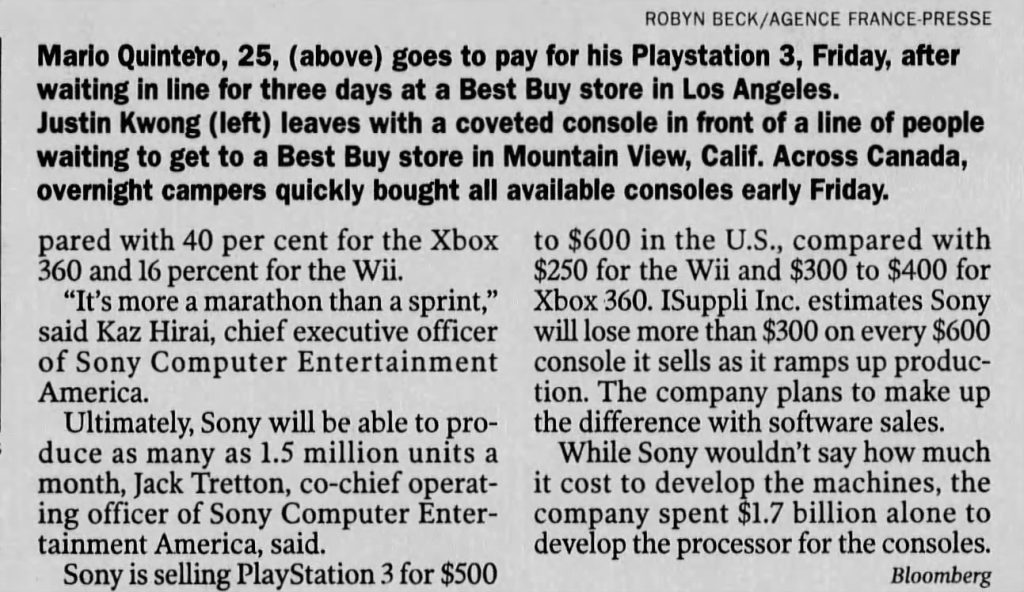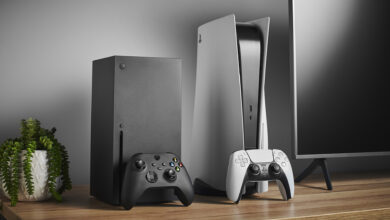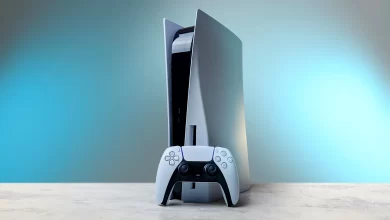Sony’s $1.7 Billion Gamble on the PS3 Cell Processor Costed them $300 Per Console Sold
Cell was simply ahead of its time.

There is no arguing that Sony’s PlayStation 3 was miles ahead of its time. It was the most powerful console at the time of its release, but at the same time, it was equally, if not more, difficult to develop games for. Developers, in particular, were not happy with how Sony had designed the Cell architecture, making it a living nightmare for those who wanted to program for the specific machine.
This complexity even drew public criticism from industry giants like Valve’s President, Gabe Newell, who famously called the PS3 “a waste of everybody’s time.” While Sony defended the architecture, arguing that their goal wasn’t “easy to program” hardware, this decision ultimately made development more challenging and contributed to a lot of financial burden on the company.
Sony’s Ambitious Plans for ‘Cell’ Nearly Cost Them $300 for Every Console Sold
The Cell Broadband Engine is said to be far more ambitious for Sony and they had gone deep with its development too. As reported in a Vancouver Sun article from 2006 (courtesy of Timur222), the Japanese console giant nearly spent over $1.7 billion developing the CPU.

This humongous initial investment then forced Sony to make some horrendous decisions. Since the PS3 costed PlayStation a whopping $850, the MSRP was set at $600, which not only meant that Sony was loosing close to $300 on every console purchase, but even at that loss, the competitors were far from being priced similarly.
For one, the Xbox 360 and Nintendo Wii started at $300, but even more importantly, PlayStation had to cut backwards compatibility support for games from PS2, its best-selling console at the time. Sony had hoped to earn back the lost money via selling games, but that too didn’t fare well since a difficult architecture not only made developers prefer alternative options, but since no one was fully able to harness the power from Cell, the difference in games from Xbox 360 and PS3 wasn’t that all too noticeable.
All of this translated in the sales figures when Sony, for the first time didn’t cross the 100 million threshold, and inadvertently made the Xbox 360 a global success.





